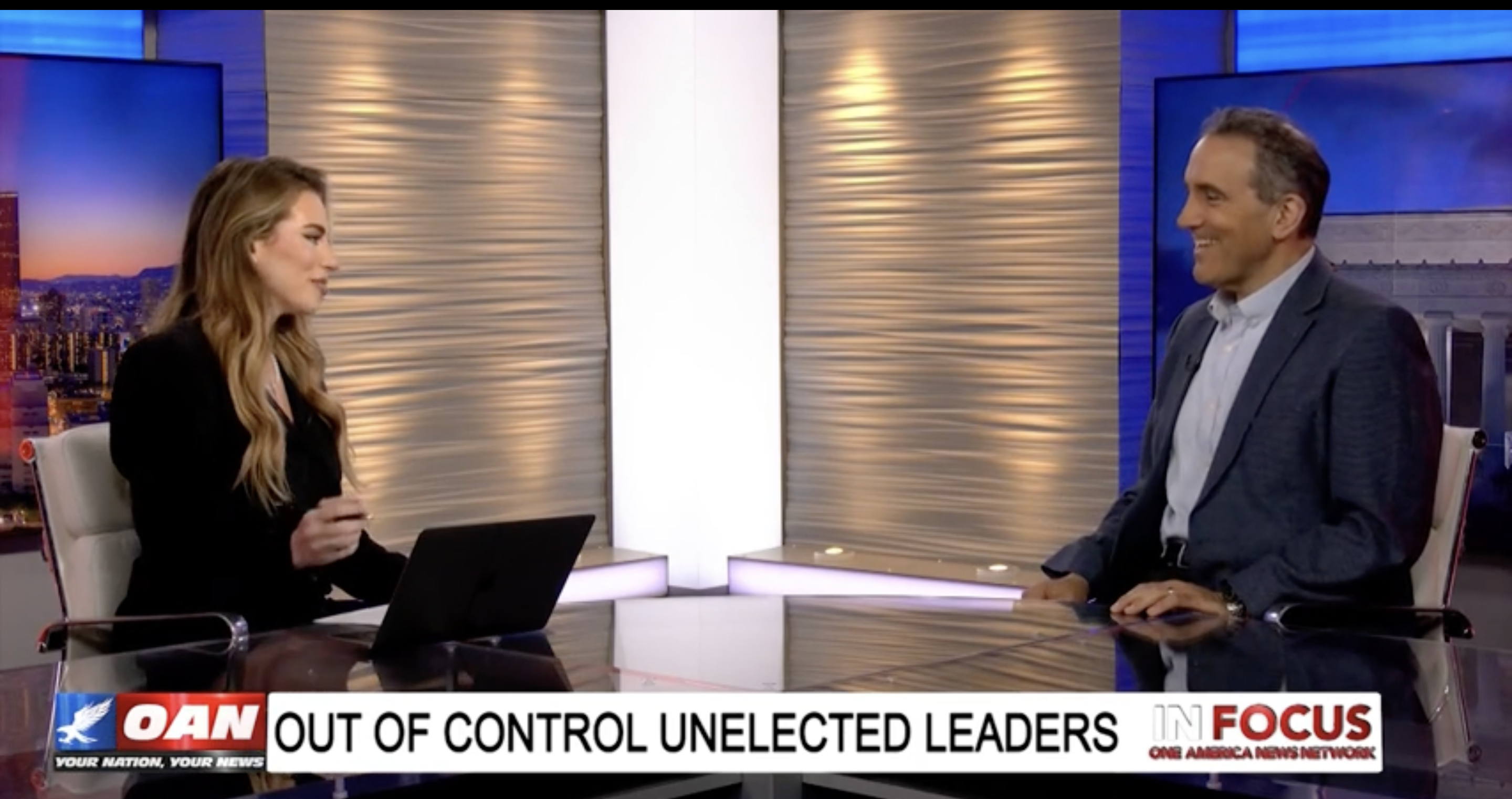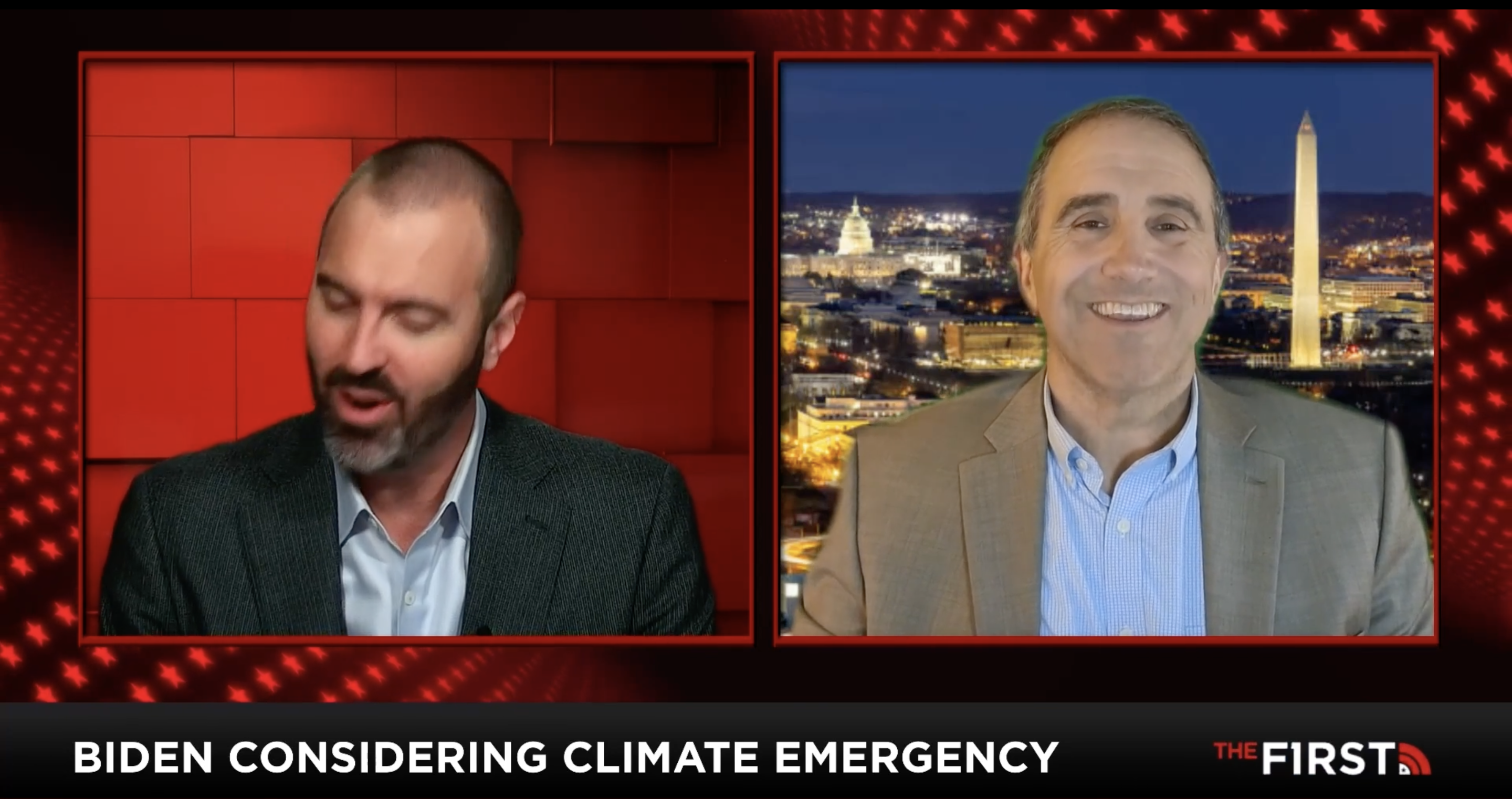White House Is Eyeing Infrastructure Needs, ‘Broadly Defined’: The next proposal will include infrastructure, “broadly defined,” Heather Boushey, a member of President Joe Biden’s Council of Economic Advisers, said Monday in an interview with Bloomberg Television. “There is a long list of things that we need to invest in,” including the power grid and a plan to bolster child and elder care, she said.
#
Via Bloomberg News: Sen. Sheldon Whitehouse—one of the strongest advocates for climate action among Democrats in Congress—called the upcoming infrastructure bill “our primary opportunity to move green priorities. Green infrastructure and low-carbon technologies have enormous potential to create jobs.” … As vice president, Biden presided over the (Obama green stimulus) implementation of that legislation, and those who were on his staff at the time say that the program’s success inspired his campaign promises on clean energy and job creation.
Many environmental advocates point out that the new stimulus package isn’t entirely devoid of upside for the climate. It includes $100 million for the Environmental Protection Agency—half for environmental justice grants and activities to help communities disproportionately burdened by pollution, and half for air quality monitoring grants and other purposes. There’s also more than $30 billion for mass transit systems that have seen ridership and revenue collapse amid the pandemic, plus an additional $1.7 billion for Amtrak.
#
‘Sherrif Joe’: Biden played ‘sheriff’ on ’09 aid: In 2009, then-Vice President Joe Biden acted as “Sheriff Joe” in making sure federal dollars from a massive economic aid package were getting to the right places and getting there quickly.
Flashback 2011: How did ‘Sheriff Joe’ miss failings of green energy stimulus?! Solyndra represents stimulus failure – Solyndra, the stimulus-funded solar energy company that recently declared bankruptcy. The company, which laid off 1,100 workers after its sudden demise, once looked like the poster-child of stimulus success…. Digging beneath the surface, the situation gets more troubling. The White House’s relationship with Solyndra, it turns out, was a mix of corporate favoritism, big-money politics, liberal ideology and Chicago-style deal making. As the Obama administration dealt favors, the American taxpayers got stuck with the $535 million bill.
#
Biden Is Betting His Whole Climate Agenda on Infrastructure
By Leslie Kaufman and Jarrell Dillard
March 11, 2021
Candidate Joe Biden rode into the White House promising to build back the economy after the devastation of Covid-19 with cleaner energy and a lower carbon footprint. The $1.9 trillion American Rescue Plan that President Biden signed into law today, however, does little in the way of fulfilling that pledge.
That makes this the sixth pandemic stimulus package in roughly 12 months to put off significant action on clean energy and climate change mitigation, yet another sign of what many advocates now conclude is an opportunity wasted. The White House and Democratic leadership in Congress have said that low-carbon energy policy is still very much on the agenda, but that they’re aiming to load much of that into an infrastructure bill the Biden administration will put forward next.
Dividing the two priorities is risky, however, because an infrastructure bill with a heavy emphasis on climate mitigation could be even more contentious than the stimulus package. Polls showed widespread enthusiasm for this round of relief, yet the bill garnered not a single GOP vote in either chamber.
“Democrats felt very clearly that it was important to move quickly on rescue and that the contents be logically connected to the Covid crisis,” said Benjamin Salisbury, director of research for Height Capital Markets, a firm that does policy analysis for institutional investors. “They estimated that the risk of slowing or disrupting the rescue bill by adding other priorities was greater than the risk of waiting.”
Sen. Sheldon Whitehouse—one of the strongest advocates for climate action among Democrats in Congress—called the upcoming infrastructure bill “our primary opportunity to move green priorities. Green infrastructure and low-carbon technologies have enormous potential to create jobs.” The White House didn’t respond to repeated requests for comment on the stimulus bill.
In 2009, with the nation in the midst of its deepest recession since the Great Depression, Congress passed the American Recovery and Reinvestment Act, which delivered an $840 billion capital infusion to the U.S. economy, including $90 billion for renewable energy and other climate-friendly businesses. That investment has been credited with driving a rapid expansion in the sector, led by federal loan recipients such as Tesla Inc., and the creation of 3.4 million jobs.
As vice president, Biden presided over the implementation of that legislation, and those who were on his staff at the time say that the program’s success inspired his campaign promises on clean energy and job creation.
The idea that Covid stimulus packages would provide a once-in-a-generation opportunity to also address climate change took hold early in the pandemic. But despite lofty rhetoric, a recent study from the University of Oxford and the United Nations Environment Programme found that of the $14.6 trillion in spending announced by the 50 largest economies in 2020, only 2.5% has been for green activities.
House Speaker Nancy Pelosi held off on putting investments in green infrastructure into two relief bills last spring, especially given then-President Donald Trump’s hostile posture toward clean energy. The stimulus bill passed in December is the only one to include major gains on climate, including an extension of tax credits for wind and solar projects and $35 billion in new spending on energy research and development programs. That measure also directed the Interior Department to allow more renewables on public lands and included an agreement to phase out hydrofluorocarbons, chemicals used in refrigeration and air conditioning that contribute to global warming.
Even that fell far short of the comprehensive investment in infrastructure and new clean power generation that would allow American to transition to a carbon-free electrical grid, a goal Biden has promised to achieve by 2035. A June 2020 study from the University of California at Berkeley and GridLab, an energy consultancy, estimated it would take $100 billion in investments in transmission infrastructure alone to get the grid to 90% carbon-free electricity by 2035. Once completed, that would result in wholesale electricity costs 13% lower than today.
…
Many environmental advocates point out that the new stimulus package isn’t entirely devoid of upside for the climate. It includes $100 million for the Environmental Protection Agency—half for environmental justice grants and activities to help communities disproportionately burdened by pollution, and half for air quality monitoring grants and other purposes. There’s also more than $30 billion for mass transit systems that have seen ridership and revenue collapse amid the pandemic, plus an additional $1.7 billion for Amtrak.
That’s “enormously important” from a climate perspective, said J. Peter Byrne, faculty director of the Georgetown Climate Resource Center, an event for the university’s law school on Tuesday. “When we go back to traveling, we need to be attracted to public transportation in order to reduce emissions,” Byrne said.
Kevin Book, an energy analyst with investor research firm ClearView Energy Partners, said that the fiery partisan opposition to the Green New Deal explains Pelosi’s decision to punt again on including significant new energy transition funding. “Energy has become so polarizing that they had to leave it out” if they wanted stimulus to move swiftly, he said.
#
White House Is Eyeing Infrastructure Needs, ‘Broadly Defined’
March 15, 2021, 1:26 PM
The White House sees a “long list” of urgent and important needs for the next economic package focusing on U.S. infrastructure as well as addressing climate change and other issues officials see as related, according to an economic adviser.
The next proposal will include infrastructure, “broadly defined,” Heather Boushey, a member of President Joe Biden’s Council of Economic Advisers, said Monday in an interview with Bloomberg Television. “There is a long list of things that we need to invest in,” including the power grid and a plan to bolster child and elder care, she said.




